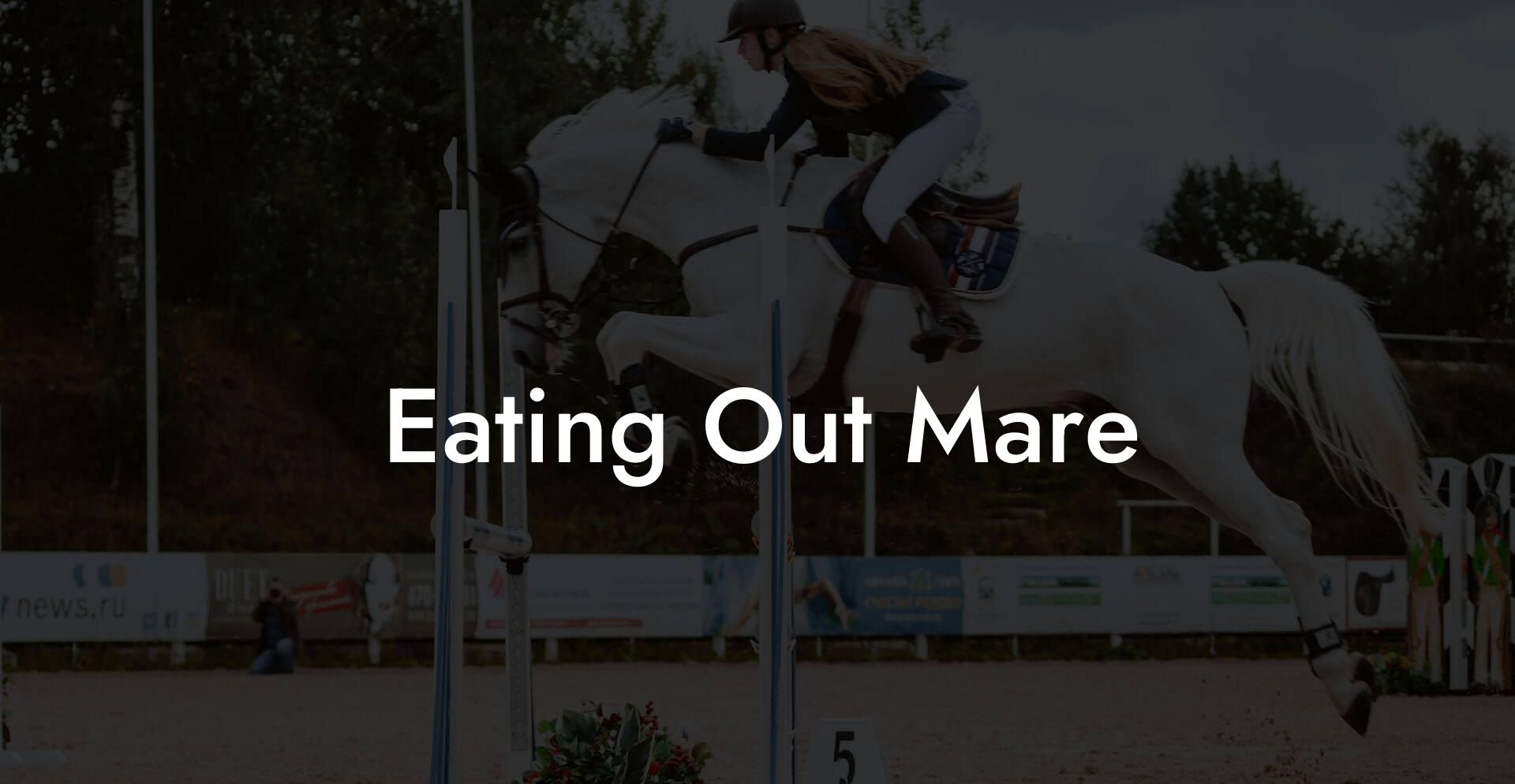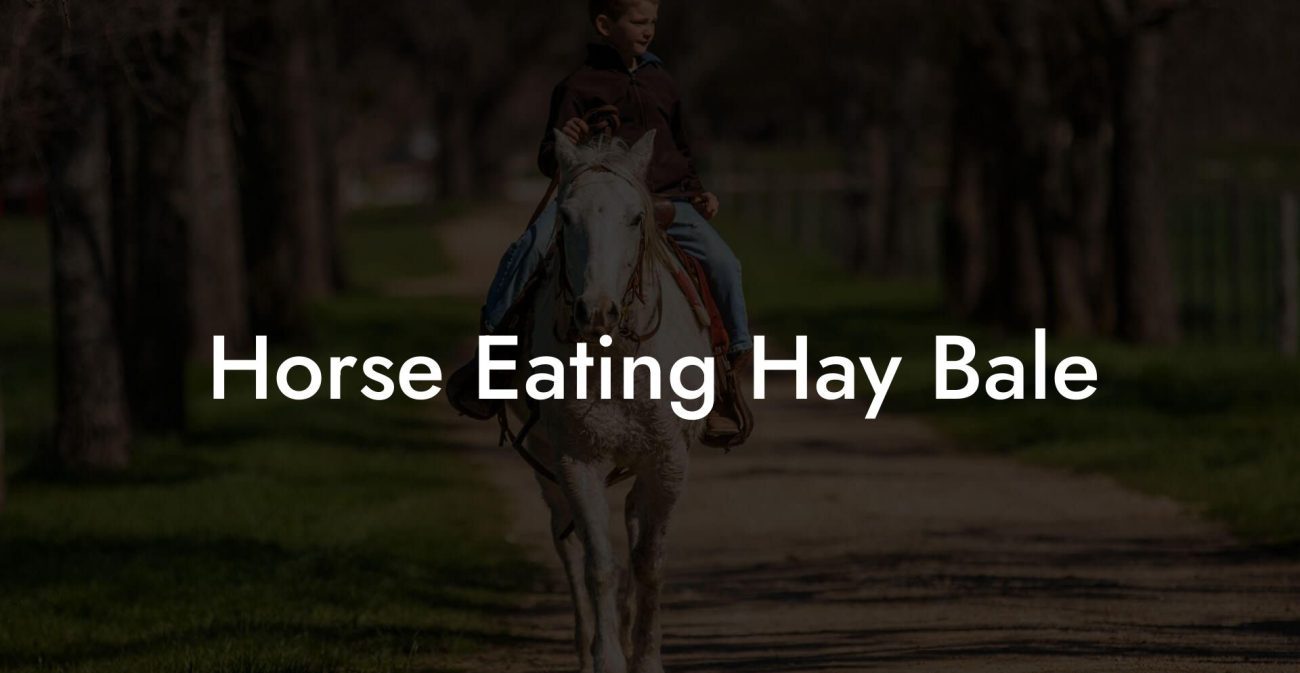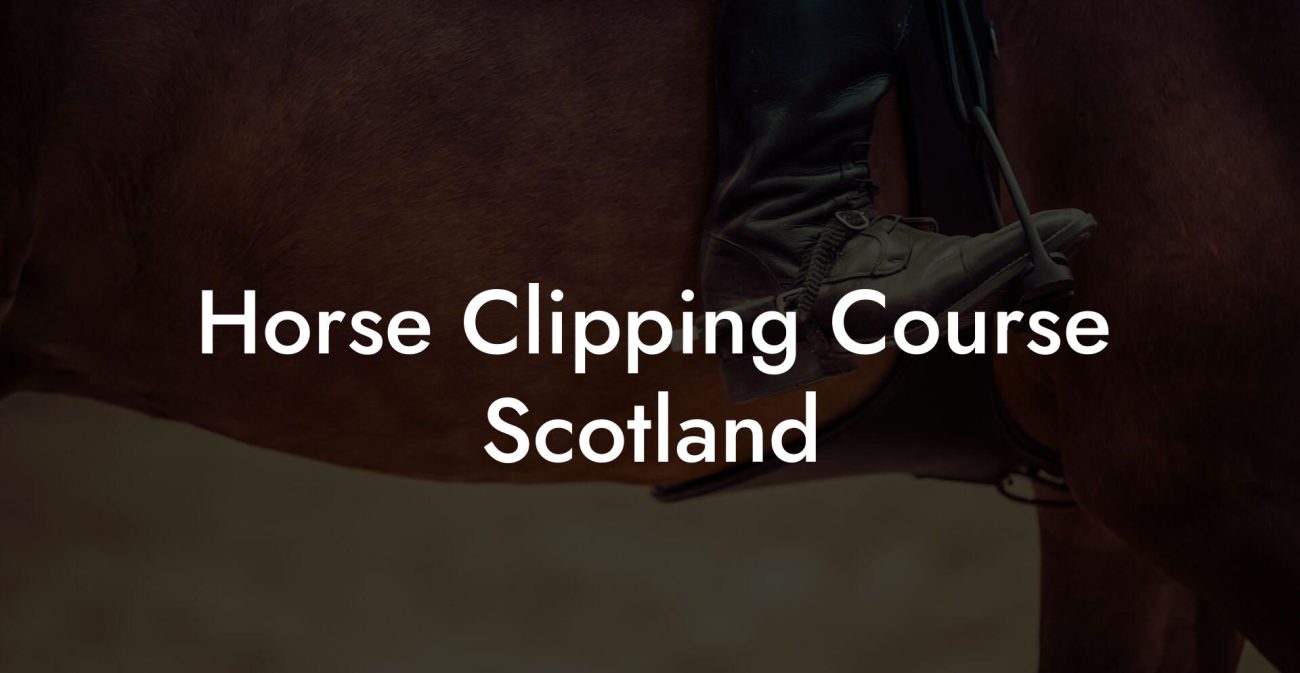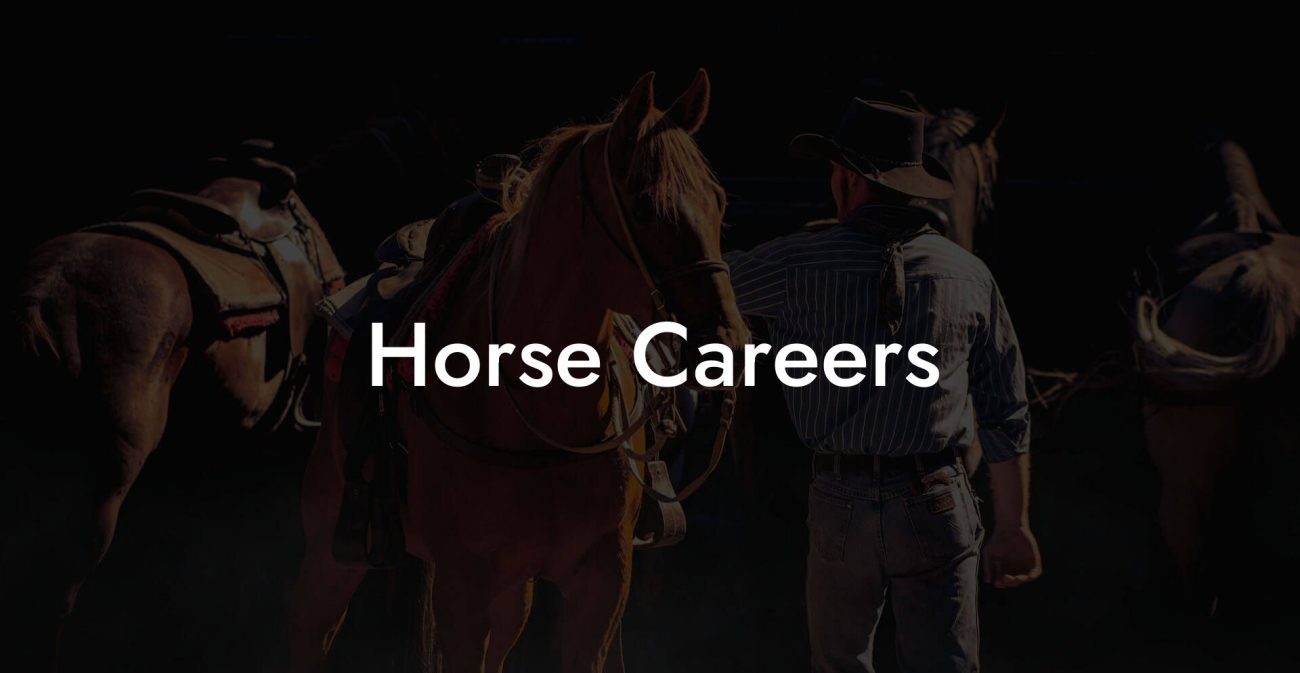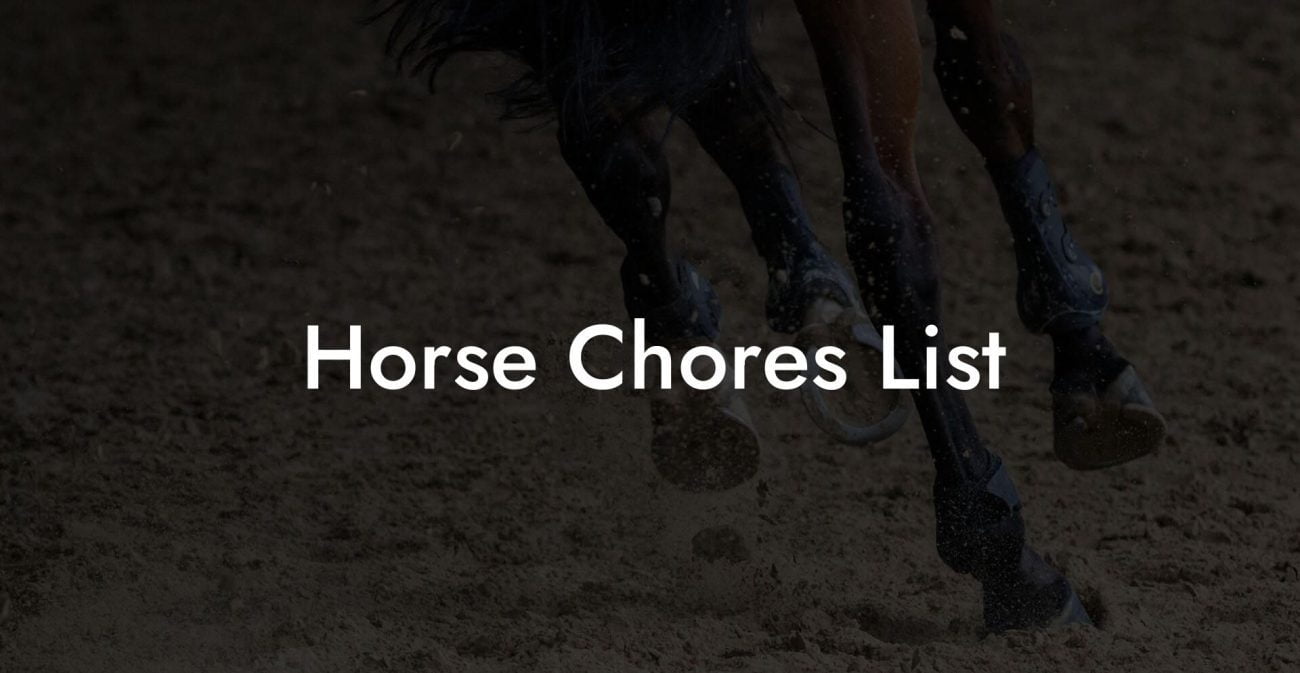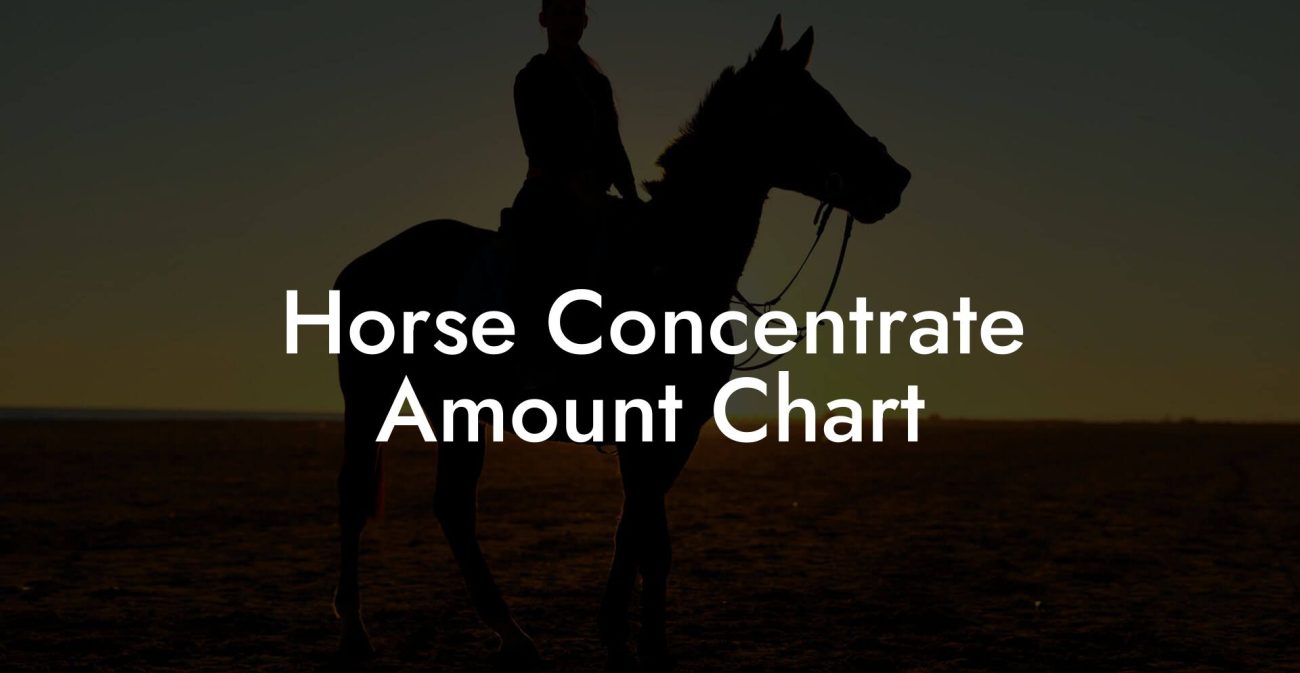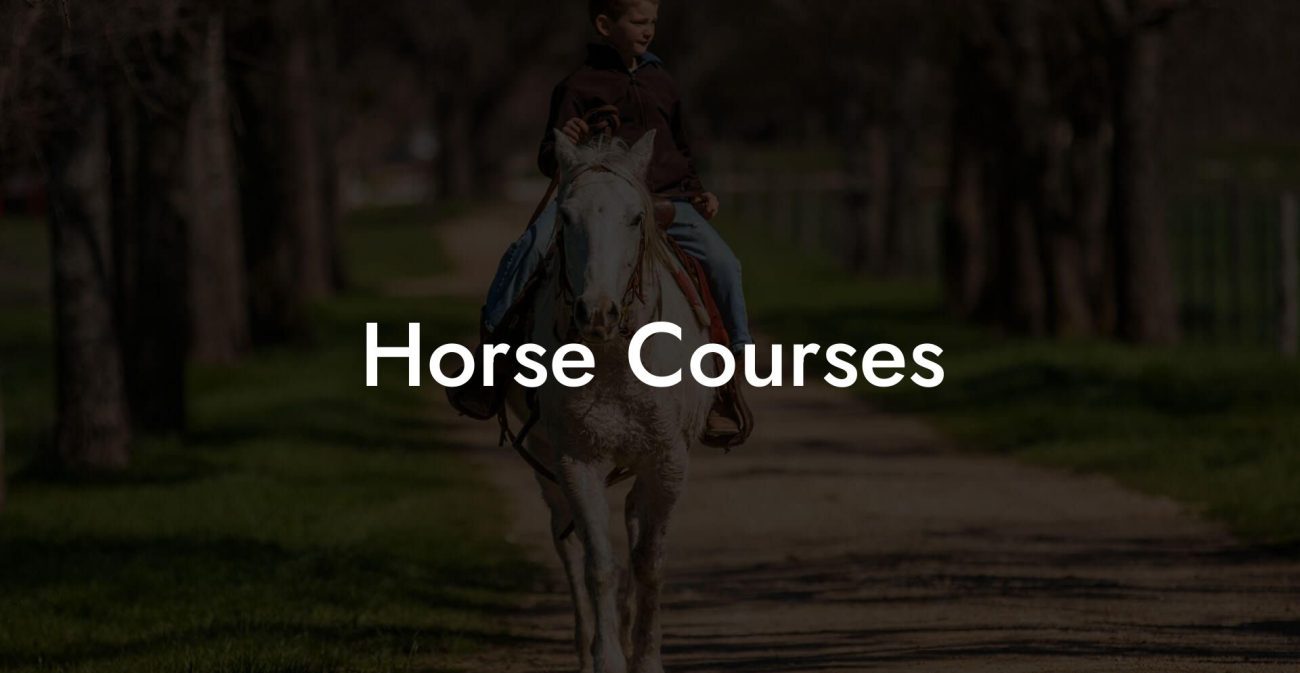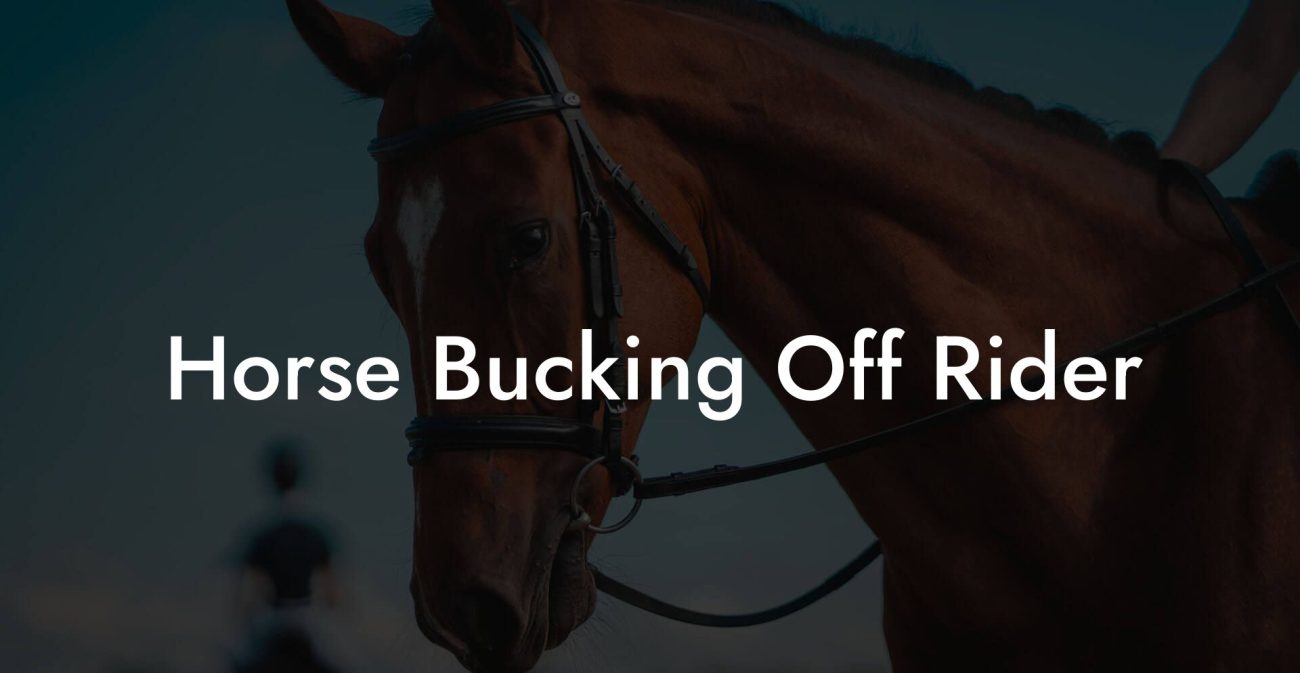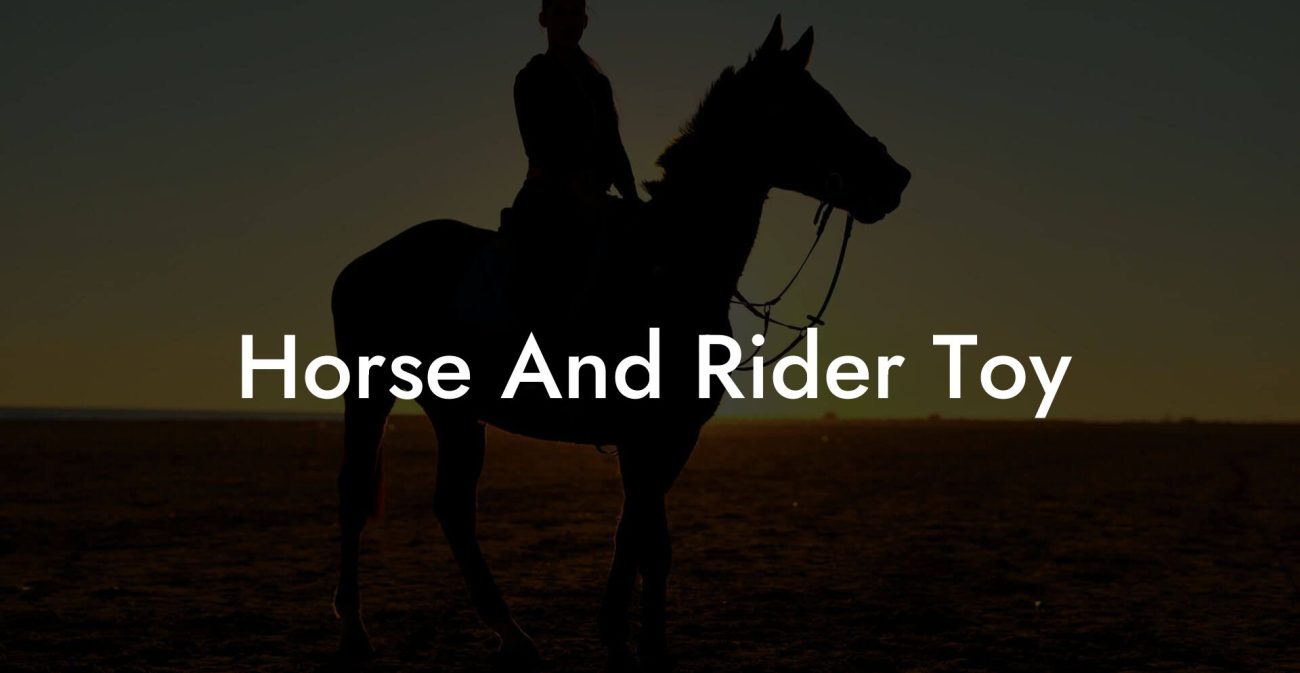Ever wondered how to turn a casual outing into an epic culinary and care adventure for your beloved mare? Picture this: a sun-dappled pasture, a gentle breeze, and your trusty mare prancing freely as you explore innovative ways to blend high-quality equine nutrition with smart stable management, all while keeping it fresh, fun, and totally on-trend for those Gen-Z and millennial vibes.
Quick Links to Useful Sections
- Defining "Eating Out Mare": A Modern Spin on Equine Care
- Nutritional Needs: Fueling Your Mare’s Great Adventures
- Conventional Feeding Techniques: The Building Blocks of Mare Health
- 1. Consistent Grazing
- 2. Regulated Rations
- 3. Scheduled Feeding Times
- Holistic Approaches to Equine Nutrition: Beyond the Basic Feed Bucket
- Integrative Feeding Strategies
- Advanced Feed Management: Tips and Tricks for the Urban Mare Owner
- Smart Storage Solutions
- Technological Integrations
- Coordinated Feeding Routines
- Grazing and Pasture Management: Letting Nature Take the Lead
- Rotational Grazing
- Soil and Forage Testing
- Creating a Horse-Friendly Landscape
- Holistic Maintenance: Grooming, Exercise, and Emotional Well-Being
- Grooming Rituals
- Incorporating Exercise
- Mental and Emotional Enrichment
- Innovative Equine Health: Blending Tradition with Trendy Techniques
- Mobile Health Monitoring
- Wearable Technology
- Eco-Friendly and Sustainable Practices
- Socializing and Emotional Bonding: Strengthening the Human-Horse Connection
- Understanding Behavioral Cues
- Interactive Training Sessions
- Community Involvement
- Adventures and Outings: Dining Out with Your Mare
- Planning the Perfect Outing
- Gourmet Feed Ideas
- Social Media and Trendsetting
- Creating Your Personalized Equine Care Plan
- Step 1: Comprehensive Health Assessment
- Step 2: Define Clear Goals
- Step 3: Integrate Multifaceted Modalities
- Step 4: Develop a Routine
- Step 5: Monitor and Adjust
- Resources and Community Support: Your Next Steps
Defining "Eating Out Mare": A Modern Spin on Equine Care
"Eating Out Mare" isn’t just a quirky title, it’s a revolutionary approach to mare care that combines traditional equine nutrition with modern lifestyle hacks. This guide is for horse enthusiasts who want to ensure their equine partners receive top-notch care whether they’re grazing in your backyard, dining on premium feed mixes at a chic equine café (yes, that’s a thing in our imaginations), or enjoying the great outdoors.
In this pillar page, we’re diving deep into how you can elevate your mare’s dining (and overall care) experience. We’ll mix conventional practices with holistic insights, from feed management to advanced grooming techniques, all presented with a playful and engaging tone. This isn’t your typical staid horse care manual, it’s a fresh, interactive take that speaks directly to the heart (and Instagram feed) of today’s equine lovers.
Whether you’re a seasoned equine manager or a new mare owner just starting your journey, this comprehensive guide is designed to empower you with the knowledge and tools to ensure your mare not only survives but thrives in every dining and living experience.
Nutritional Needs: Fueling Your Mare’s Great Adventures
Just as you appreciate a balanced meal to fuel your day, your mare needs a well-rounded diet to keep her strong, agile, and happy. Understanding the nutritional landscape is the first step in transforming routine feeding into an inspiring dining experience. From high-quality hay and grains to innovative supplements, every element plays a critical role.
Equine nutrition experts agree that a diet rich in fiber, moderate in protein, and balanced in vitamins and minerals is the cornerstone of mare health. The key elements include:
- Hay and Forage: The foundation of your mare’s diet, providing essential fiber and aiding digestion.
- Grains and Concentrates: Carefully measured portions of oats and barley supply energy for active mares.
- Specialized Supplements: Vitamin and mineral supplements can boost overall health, especially for performance mares or those with specific dietary needs.
- Fresh Water: Often underestimated, consistent access to clean water is paramount for proper digestion and overall health.
Each meal should be seen as an opportunity, an event that fuels not only the physical body but also supports mental sharpness and vibrant health. When planning your mare’s menu, remember to consider seasonal variations, regional forage quality, and any unique health needs your equine friend may have.
A well-fed mare doesn’t just look radiant, she exudes a confidence that shows in every prance and neigh. Keep an eye on her weight, adjust portions seasonally, and always consult with an equine nutritionist to ensure you’re striking the perfect balance.
Conventional Feeding Techniques: The Building Blocks of Mare Health
Traditional feeding practices have guided horse care for centuries, providing a strong foundation that modern approaches build upon. The art of feeding your mare starts with understanding her digestive system, which is uniquely designed for continuous grazing. Here are some conventional techniques that have stood the test of time:
1. Consistent Grazing
Horses are natural grazers, and mares are no exception. Access to pasture allows your mare to graze at her leisure, stimulating digestion and providing constant nutritional benefits.
2. Regulated Rations
Calculating the exact nutritional requirements based on age, weight, and energy demands is just as important as the food itself. Whether your mare is in sprint training or lounging in a paddock, her regimen should be tailored accordingly.
3. Scheduled Feeding Times
Establishing a routine not only keeps your mare’s metabolism regular but also contributes to her emotional well-being. A predictable schedule reduces stress and keeps her excited for mealtime.
While these techniques are the backbone of mare care, today's integrated equine lifestyle often pairs them with innovative strategies, combining both old-school wisdom and new-age insights.
Holistic Approaches to Equine Nutrition: Beyond the Basic Feed Bucket
Holistic mare care transcends the traditional approach of simply “feeding” your horse. It’s about creating a dining experience that nurtures her from the inside out. Modern equine experts emphasize the importance of synergy between nutrition, exercise, and overall well-being.
Integrative Feeding Strategies
Integrative feeding involves synchronizing your mare’s diet with her daily activities. For instance, pre- and post-exercise nutrition supports muscle recovery, while antioxidant-rich foods can help mitigate the effects of environmental stressors.
- Herbal Additives: Ingredients like fenugreek, ginger, and garlic are used in moderation to bolster the immune system and aid digestion.
- Fermented Feeds: These provide natural probiotics and enzymes that enhance gut health, think of it as your mare’s version of a nutritious smoothie bowl.
- Seasonal Adjustments: Changing ingredients with the seasons ensures that your mare gets the freshest, most nutrient-dense forage available.
The key is balance. While modern feed additives can offer tremendous benefits, they should complement, not replace, the time-honored traditions of high-quality hay, grains, and consistent grazing.
Incorporating holistic matchmaking between food and function revolutionizes the way you care for your mare. It’s about understanding that every bite she takes is a building block for a healthier, happier life.
Advanced Feed Management: Tips and Tricks for the Urban Mare Owner
Whether you're based on a sprawling farm or managing a small urban stable, effective feed management is critical for sustaining a healthy mare. With modern life pulling you in every direction, here are some savvy tips to maintain your mare's nutritional plan while staying on top of today's fast-paced lifestyle:
Smart Storage Solutions
The way you store hay and feed affects its quality. Invest in weather-resistant, modular storage solutions that keep grass and grains fresh, dry, and free from contaminants. Airtight containers and climate-controlled barns not only preserve nutritional value but also reduce the risk of mold and pest infestations.
Technological Integrations
Embrace modern technology with smart feeders and mobile apps that remind you of feeding times and track consumption patterns. These tools can alert you to changes in your mare’s eating habits, which may indicate health issues requiring a vet’s attention.
Coordinated Feeding Routines
For stabler operations or community barns, creating synchronized feeding routines not only streamlines management but also enables social interactions among horses, a natural, mood-boosting phenomenon.
Such strategies not only optimize nutrition but also inspire a lifestyle that aligns with the needs of today’s dynamic, modern mare. It transforms regular feeding routines into a well-orchestrated event that benefits both the horse and the caretaker.
Grazing and Pasture Management: Letting Nature Take the Lead
There’s nothing quite like the inherent wisdom of nature when it comes to equine health. Pasture management is a critical element of mare care and involves more than merely granting access to grass. It’s about designing a living environment that supports both nutrition and natural behavior.
Rotational Grazing
Rotational grazing involves periodically moving your mare between pastures to prevent overgrazing, maintain grass quality, and reduce parasite loads. This practice promotes better soil health and enhances the natural nutrient profile of the forage.
Soil and Forage Testing
Regularly testing your soil and forage can provide insights into the nutrient content of your pastures. Adjustments in fertilizer or supplementary feeding may be necessary based on these tests, ensuring your mare always has access to the best green fuel.
Creating a Horse-Friendly Landscape
Integrate natural shelters, water sources, and even designated social areas into your pasture layout. A well-planned grazing system not only enhances physical health but also improves mental stimulation and overall happiness.
Let nature lead the way and transform feed management from a mundane chore into a vibrant, natural experience that mirrors the great outdoors. After all, a happy mare in a lush, well-tended pasture is the epitome of successful equine care.
Holistic Maintenance: Grooming, Exercise, and Emotional Well-Being
Equine nutrition and feeding are only part of the equation. True mare care embraces a holistic lifestyle that includes regular grooming, appropriate exercise, and fostering a deep emotional bond. These elements work together to keep your mare physically robust and mentally invigorated.
Grooming Rituals
Regular grooming goes beyond maintaining a shiny coat, it’s an opportunity to check for skin irritations, injuries, or any anomalies that could signal a health issue. Incorporate massages and gentle brushing to stimulate circulation, all while building trust and a lasting bond.
Incorporating Exercise
Whether it’s trotting around the paddock, engaging in playful activities, or simply enjoying a long canter in open fields, exercise is vital. Tailor workout regimens to your mare’s age, fitness level, and any specific health requirements. From simple lunging exercises to more advanced trail rides, keep the activities diverse to maintain both physical strength and mental agility.
Mental and Emotional Enrichment
Just as socializing is important for us, horses thrive on companionship and mental stimulation. Incorporate de-stressing activities, like letting her explore new terrains or interact with other horses, into her routine. A content mare is less prone to stress-related issues, and she’ll reward you with a vibrant, engaging presence.
These holistic practices weave together a comprehensive tapestry of care that ensures your mare stays at the peak of her physical and emotional well-being. It’s not just about eating right, it’s about nurturing every aspect of her life.
Innovative Equine Health: Blending Tradition with Trendy Techniques
In today’s fast-moving world, even mare care is evolving. New-age techniques are emerging that bridge the gap between conventional practices and modern technology. Let’s explore some of these innovative trends:
Mobile Health Monitoring
Imagine having an app that tracks your mare’s daily health metrics, from feeding times and water intake to exercise routines and weight variations. Mobile health monitoring is making it easier than ever to pinpoint any shifts in behavior or health, allowing for quick intervention.
Wearable Technology
Wearable devices for horses are becoming increasingly popular. GPS trackers, heart rate monitors, and even temperature sensors can help you keep an eye on your mare’s activities and health in real time. This technology is not just for athletes, it’s a valuable tool for ensuring safety, especially when managing multiple horses.
Eco-Friendly and Sustainable Practices
Sustainability is a core value for modern equine enthusiasts. Eco-friendly practices, such as using biodegradable grooming products, solar-powered stable lighting, and sustainable feed sources, reflect an ethical commitment to nature and the environment.
By embracing these forward-thinking strategies, you’re not only caring for your mare but also contributing to a healthier planet. It’s a win-win scenario that empowers you to lead the charge in modern equine management.
Socializing and Emotional Bonding: Strengthening the Human-Horse Connection
Beyond the technical aspects of nutrition and exercise, one of the most rewarding parts of mare care is the emotional connection you build. This relationship goes far deeper than routine chores. It’s about trust, mutual respect, and shared adventures.
Understanding Behavioral Cues
Knowing your mare’s body language can alert you to her needs and preferences. Whether she’s nudging your hand for more attention or showing signs of discomfort through subtle changes in posture, staying attuned to these cues ensures you can respond with care and speed.
Interactive Training Sessions
Turn training into a fun, interactive experience. Use positive reinforcement to teach new tricks or improve basic commands, and celebrate every small win. Training isn’t just skills-building, it reinforces the bond between you and your horse.
Community Involvement
Joining local horse clubs, online forums, or attending equine events introduces you to a vibrant community of like-minded individuals. These social interactions promote shared learning, foster support networks, and even open up opportunities for group outings and trail rides.
Investing in the emotional side of mare care not only enhances your horse’s quality of life but also enriches your own. The journey of bonding with your mare creates memories, builds shared stories, and transforms everyday routines into treasured rituals.
Adventures and Outings: Dining Out with Your Mare
Now, let’s get creative. Dining out with your mare might sound whimsical, but it’s about more than just feeding, it’s about integrating your love for horses into your lifestyle. Whether you’re planning a scenic trail ride with a gourmet picnic or a social horse meet-up at a local park, these outings offer both nourishment and inspiration.
Planning the Perfect Outing
Start by scouting out locations that offer natural grazing opportunities alongside quiet spots where you can relax and enjoy a meal with your mare. Consider weather conditions, terrain safety, and the availability of shade and water. Preparation is key: pack essentials like portable water bowls, nutritious feed snacks, and a first-aid kit.
Gourmet Feed Ideas
Elevate your mare’s dining experience with a mix of traditional hay and innovative treats. Think carrots, apples, and specially formulated horse-safe granola. Incorporate superfoods like chia seeds or flaxseed supplements, all offered in an engaging, picnic-style presentation.
Social Media and Trendsetting
Document your outings with cute photos and fun anecdotes. Social media platforms like Instagram and TikTok are perfect for sharing your escapades and learning from other forward-thinking horse owners. Use hashtags like #MareDining, #EquineEats, and #ModernMareCare to join the online conversation and inspire others.
Outings are about celebration and connection, both for you and your mare. They are that delightful intersection where the basics of nutrition meet the pulse of modern life, blending practicality with creativity.
Creating Your Personalized Equine Care Plan
Every mare is unique, and a one-size-fits-all approach just won’t cut it in today’s dynamic world of equine care. Crafting your personalized plan is akin to designing a bespoke menu, one that considers your mare’s nutritional needs, lifestyle preferences, exercise routines, and environmental factors.
Step 1: Comprehensive Health Assessment
Begin with a complete vet check-up that covers everything from dental health to musculoskeletal condition. This baseline assessment is essential in tailoring a plan that addresses your mare’s specific requirements.
Step 2: Define Clear Goals
Identify what you aim to achieve, be it improved performance, better weight management, enhanced coat condition, or simply a more balanced lifestyle. Clear, attainable goals keep you motivated and make it easier to track progress.
Step 3: Integrate Multifaceted Modalities
Combine the best of conventional and holistic practices:
- Regular, nutrient-dense meals paired with natural supplements.
- Consistent exercise routines that blend grooming and training sessions.
- Technological tools like health monitoring apps and wearable trackers.
- Mindfulness and relaxation techniques to keep stress levels low.
Step 4: Develop a Routine
Establish daily and seasonal routines that reflect the natural cycles of your mare’s world. Use planners, digital calendars, or even equine care apps to ensure every feeding session, grooming time, and exercise bout is on schedule.
Step 5: Monitor and Adjust
Keep a detailed journal of your mare’s health, behavior, and performance. Regular check-ups and data reviews help in tweaking the care plan as needed, ensuring the plan evolves with her needs.
Designing your personalized equine care plan is both an art and a science. It mirrors the way modern chefs curate gourmet meals, combining precision, creativity, and the occasional surprise twist to keep your mare thriving.
Resources and Community Support: Your Next Steps
No journey is complete without a network of support and reliable resources. Whether you’re a new mare owner or a seasoned pro, tapping into community knowledge can elevate your approach to equine care.
Explore online forums, join local horse clubs, and follow thought leaders on social media to keep abreast of the latest trends in mare care, nutritional innovations, and technology for animal wellness. Many farms and equine centers also offer workshops, webinars, and hands-on classes that cover topics from advanced feed management to holistic grooming practices.
In addition to community events, invest in reputable publications, subscribe to equine health newsletters, and leverage mobile apps designed for horse care. These resources not only keep you informed but also inspire creative solutions for everyday challenges.
Building a support system helps you stay motivated, exchange ideas, and cultivate a sense of belonging in the fast-evolving world of modern equine care.

